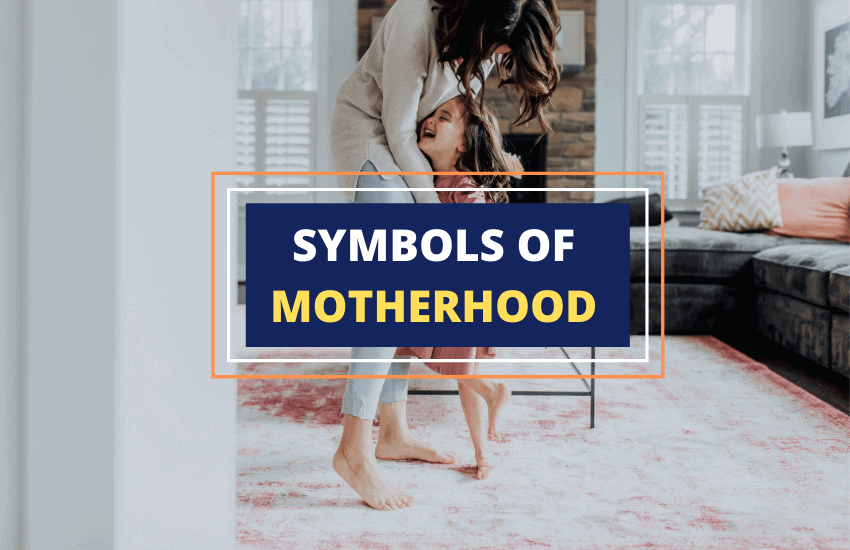
Table of Contents
Mothers are amazing! They do so much for us – and wherever you are in the world, we can all agree that we wouldn’t be where we are without our mothers. So naturally, motherhood symbols have existed since ancient times.
These motherhood symbols carry deep, fascinating significance. If you are curious to know more about the various motherhood signs and symbols, keep reading as we cover the most common motherhood symbols from around the world.
1. Lilies
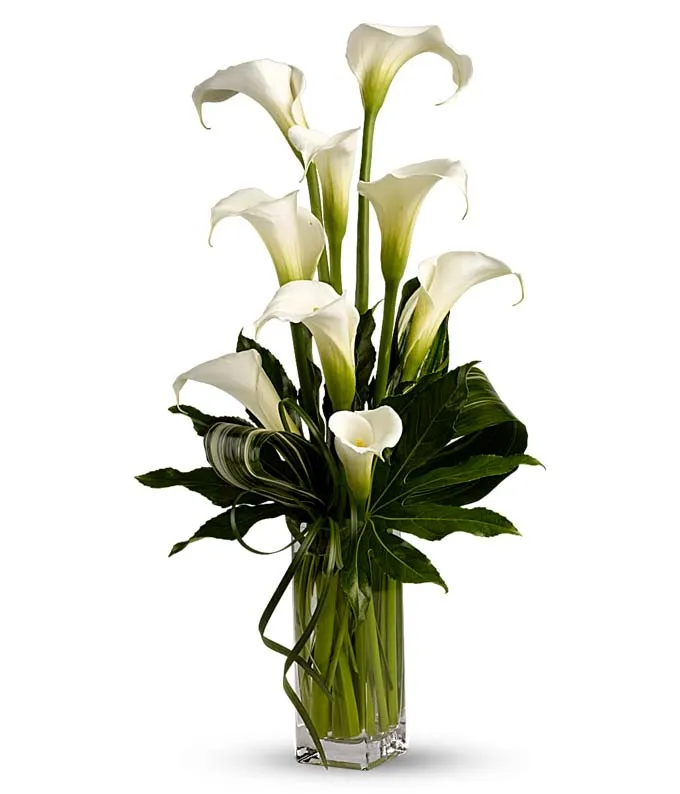
As one of the floral staples in the US and around the world, Lilies have always held an intense affinity for symbolizing innocence, purity, and other aspects related to femininity and motherhood.
In Christianity, Lilies are synonymous with the Virgin Mary and are also referenced in Greek mythology as the first flowers to blossom from the breast milk of the goddess Hera.
With such a fitting description, it’s no surprise that these elegant flowers make a thoughtful gift for expecting mothers.
2. Carnations
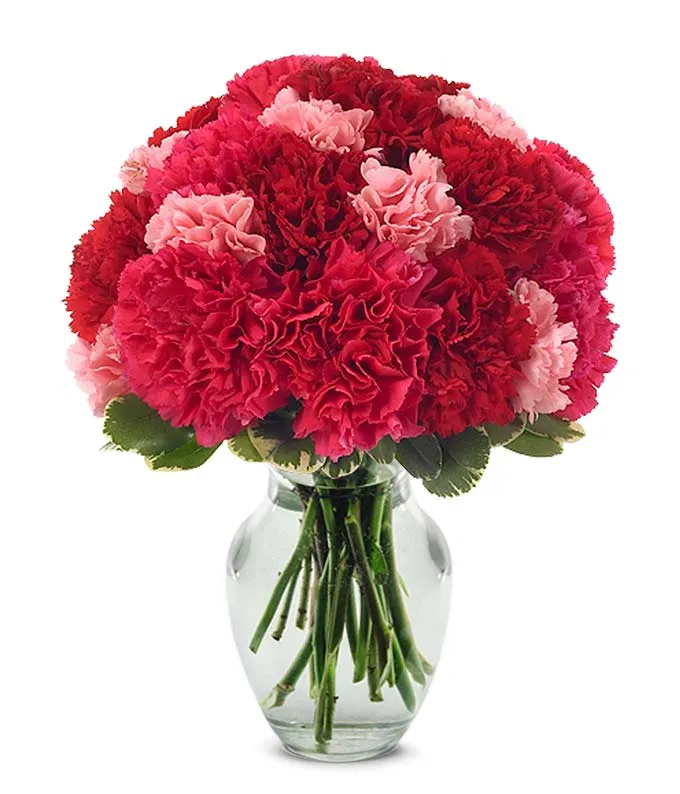
If there’s one flower that represents love and passion, it’s got to be Carnations. However, that’s not all it stands for, as Carnations are also highly regarded as symbols of femininity and motherhood.
So apart from Lilies, Carnations are also a great gift option.
Different colors of Carnations are said to have various meanings, such as the pink Carnation flower symbolizing gratitude and the dark red flower standing in for love.
Even so, Carnations have a deep-rooted symbolism for motherhood, as it’s said that Carnations grew on the same spot where the Virgin Mary’s tears fell.
3. Bear
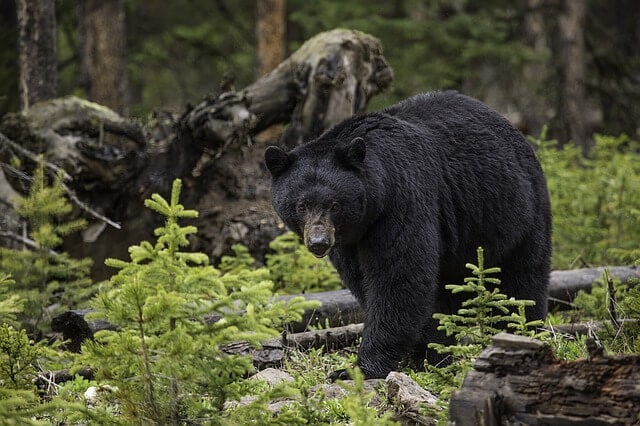
According to Native American tradition, which takes a lot of inspiration from animals in the wild, the Bear is synonymous with strength, independence, and courage.
Seeing how mother Bears behave in the wild and would die to protect their cubs, it’s no surprise that Bears symbolize motherhood and the importance of family.
Associating yourself with the Bear can help you draw strength and courage to “bear” a difficult period in your life.
4. Pelican
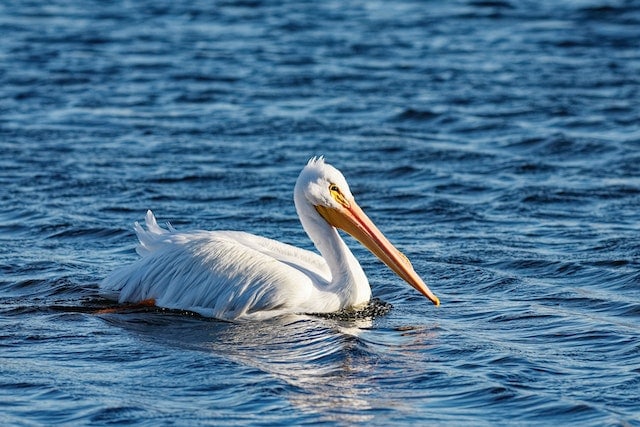
Although their large beaks make them appear like selfish predators, that is rarely the case for the Pelican.
These creatures are one of the most peaceful and generous beings, and as such, the Pelican represents humility, service, community, and motherhood.
Just like a mama Bear, Pelicans would do anything to protect their young.
And in Christianity, the selflessness of the Pelicans is compared to that of Jesus, often mentioning that the Pelicans are even willing to hurt themselves so that they can feed the young with their blood.
5. Cow
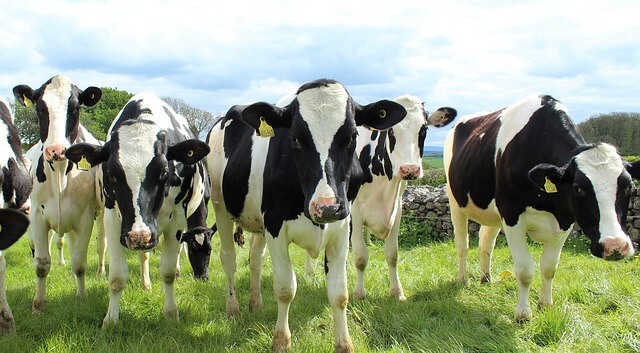
Common among many cultures and highly revered as symbol creatures for motherhood, fertility, and peace, the Cows have always been the de facto animal counterpart representing the kindness and contribution only a mother could impart to their child.
The Hindus venerate Cows as highly sacred and associate the creature with Mother Earth. They revere the Cow so much that Hindus abstain from eating beef or other animal meat.
The milk from the Cow nurtures and represents motherly love, abundance, and fertility.
6. Virgin Mary
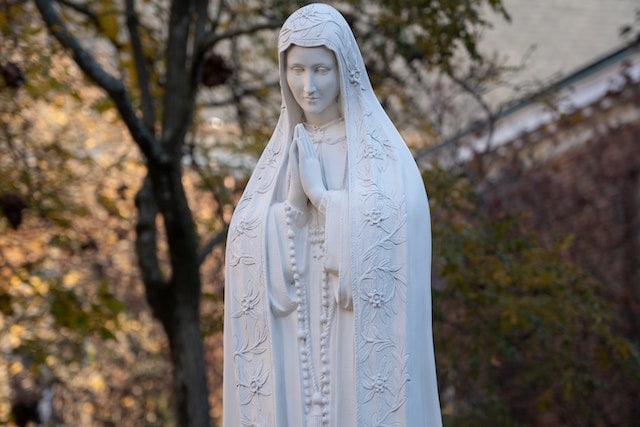
Regarded by Christians as the eternal and definitive symbol of motherhood, the Virgin Mary represents virtue, purity, love, and motherly compassion.
Even if there are many paintings, the symbol for the mother of Christ is mostly depicted as a standing figure with her hands out.
This outline is extensively used in jewelry, tattoos, and inscriptions and is arguably the best depiction of the Virgin Mary as a symbol of affection and motherhood.
7. Venus
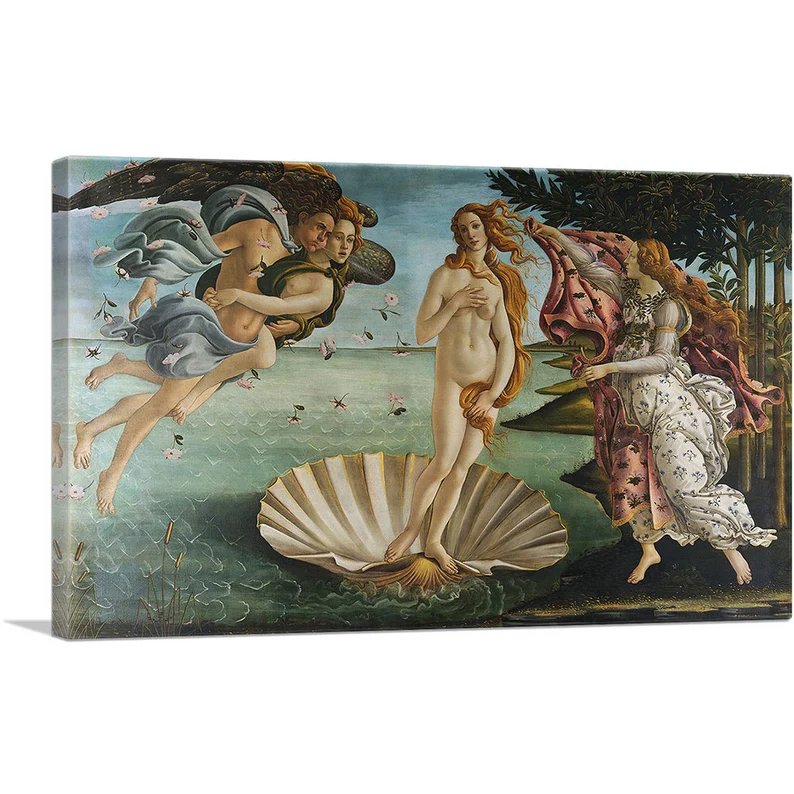
For the ancient Romans, Venus was the original Goddess of love and motherhood. Although there may have been other connotations, the fact that Venus had intense affection for her children, Cupid in particular, exemplifies her feminine qualities.
The concept of Venus, as the feminine Goddess of love, was inspired by the Greek counterpart, Aphrodite. Venus is described as sweet, caring, determined, sometimes stubborn, and mischievous.
8. Isis
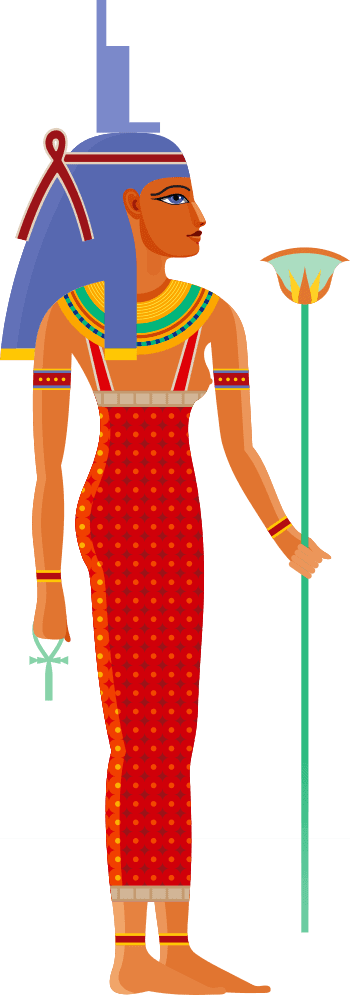
Considered by the Egyptians as one of the fundamental deities of Egyptian Mythology, Isis was the corresponding Egyptian mother goddess.
She is the most prominent feminine Goddess in Egyptian mythology because she stood up for virtues such as motherhood, affection, marriage, and other spiritual aspects of magic and healing.
Her brave act of hiding with her son, Horus, and protecting him, until he became fit to rule set the perfect example that elevated her as the primary symbol of protection, devotion, and motherhood.
9. Gaia
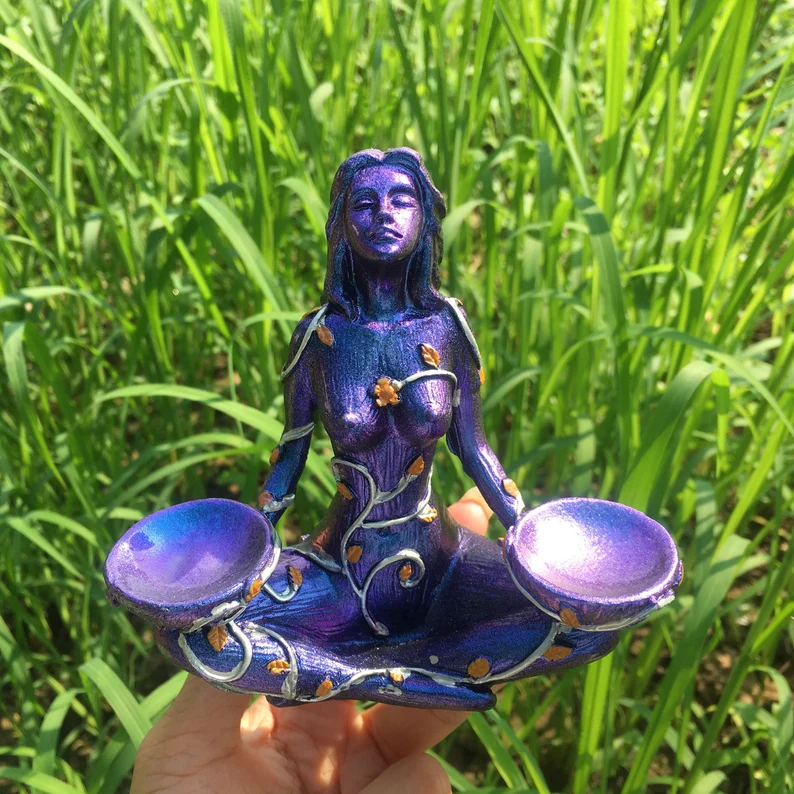
Gaia is the Greek goddess of the Earth. She’s considered the ultimate personification of the mother goddess, the creator of all living beings.
As one of the first “parent gods” from Chaos, Gaia was said to create the Earth and given life to Uranus, Pontos, and Ourea, the Greek gods for the sky, sea, and mountains.
As the birth-giver of many beings in Greek Myth, Gaia is a hugely popular deity that represents motherhood and the nurturing abilities of the feminine. Apart from that, she is also associated with abundance and agriculture.
10. Frigg
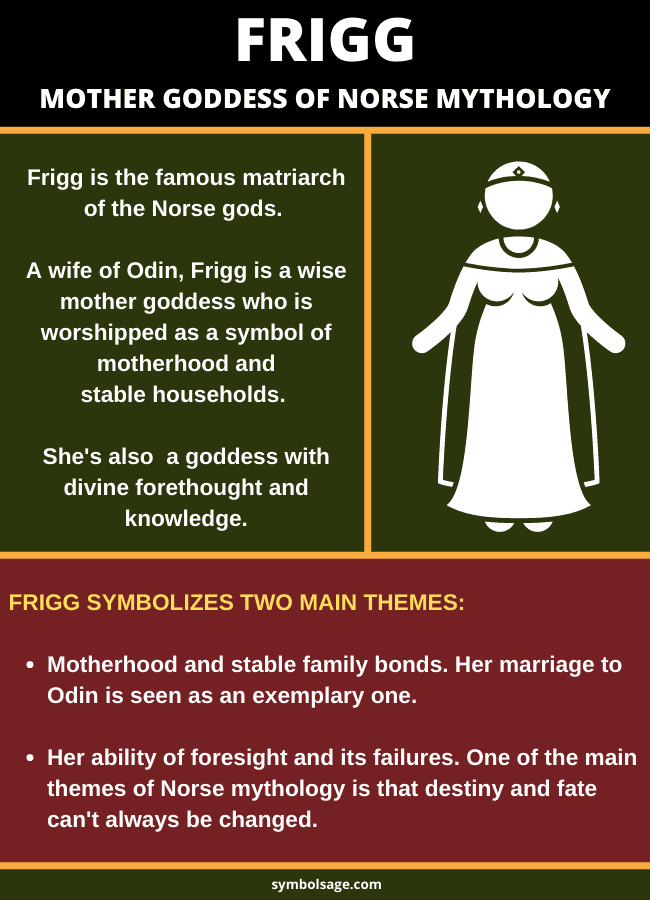
For those who are enthusiastic about Norse mythology, fear not because they have their own representation of the mother goddess: Frigg.
The wife of Odin, Frigg is the Norse counterpart to Hera and Isis. In that regard, she’s considered the god representing motherhood, family, and wisdom.
In legend, it’s said that even though she’s considered a wise mother, able to see far into the future, she still tried her best to protect her son Baldur, despite eventually failing.
11. Yemaya
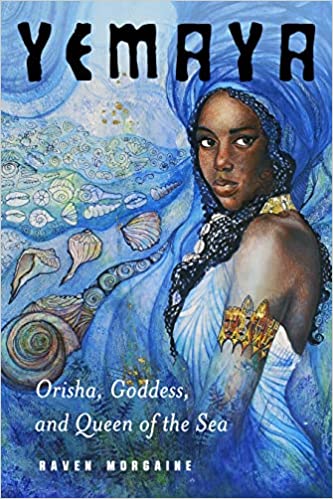
Highly regarded in Nigerian traditions, Yemaya, the Yoruba people’s “Queen of the Sea,” is another deity that represents motherhood and the divine feminine.
According to Yoruba legend, it’s said that Yemaya was known to be a kind and generous god who, thanks to her virtues, amassed countless followers, comparable to the fish in the sea.
There’s a lot of symbolism depicting Yemaya as the goddess of the oceans. In many depictions, she’s seen as a mermaid, while in others, she’s portrayed as a woman wearing seven skirts, representing the seven seas.
12. Angwusnasomtaka
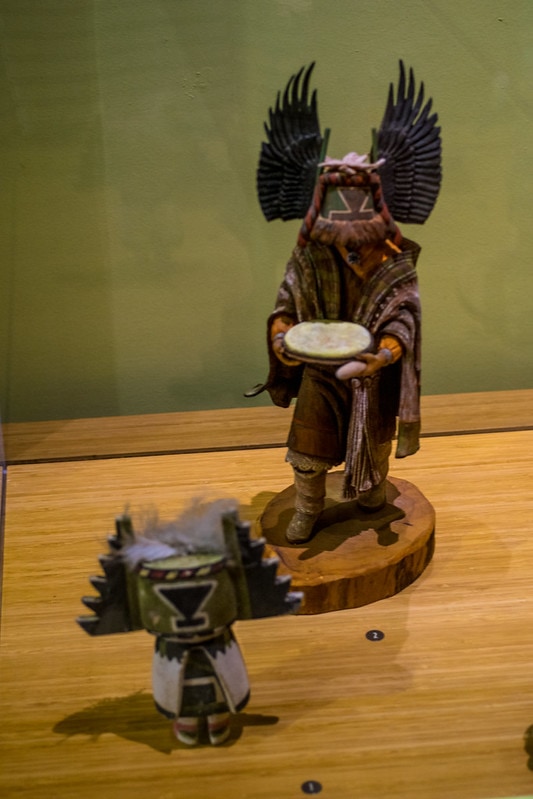
Angwusnasomtaka is the mother goddess of the Hopi Native Americans. She’s also known as Tümas or when loosely translated: “Crow Mother.”
As the translation suggests, Angwusnasomtaka is most often depicted as a masked shaman with crow feathers adorning their headdress.
The Hopi people rely on her as a guiding spirit during initiation rituals, and dolls carved in her image are given as gifts to aid expecting mothers.
13. Lakshmi Yantra
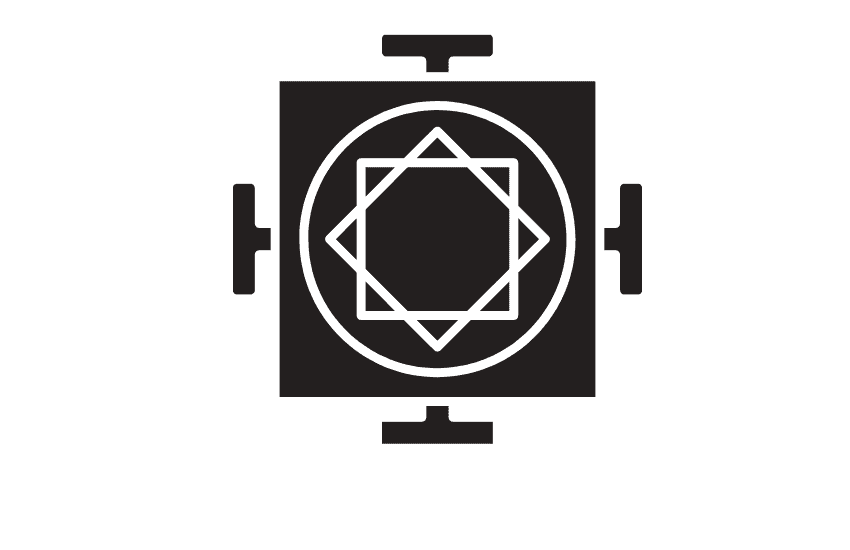
This symbol is common to the Hindu culture. Yantra is Sanskrit for the word symbol and Lakshmi is a Hindu deity. The term Lakshmi is derived from the Sanskrit word Lakshay, which means purpose or aim.
Lakshmi Yantra represents striking beauty, good luck, light, and fortune. Collectively, she is the mother of all kindness. She is also known to have a golden form adorned with a garland of gold. This deity has a golden sheen, lives in a lotus, and symbolizes purity.
It is said that, when the goddess Lakshmi first sprang up from the ocean, she carried a lotus in her hand.
To this day, Lakshmi Yantra is associated with the lotus flower. This goddess embodies riches, great wealth, beauty, grace, happiness, splendor, and charm.
Lakshmi facilitates enlightenment and spiritual growth. When you focus on this symbol and all it stands for, you engage the Lakshmi vitality.
14. Triple Goddess Symbol
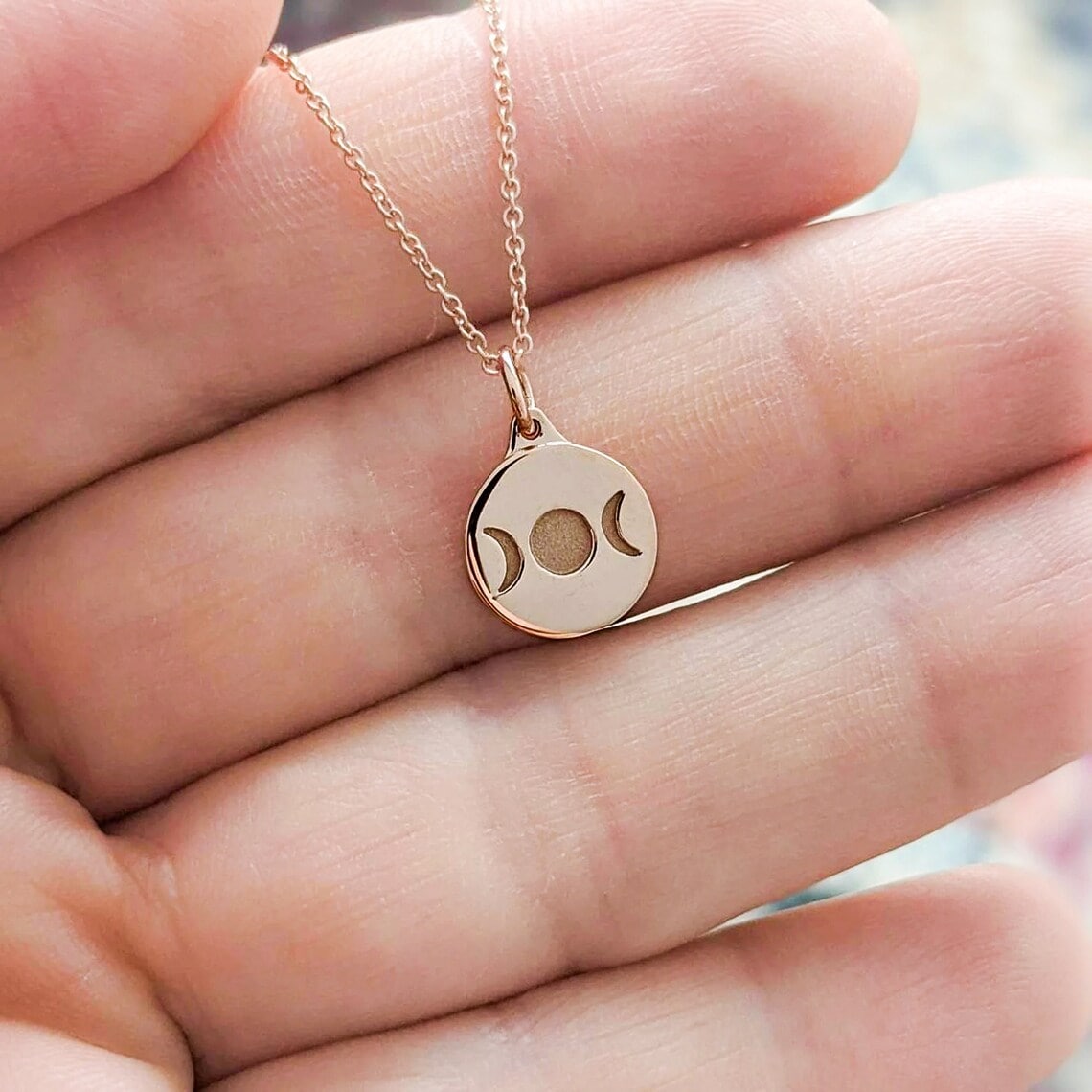
The triple goddess sign is familiar to Wiccans and Neopagans. This figure consists of a full moon sandwiched between a waning crescent moon on the right, and a waxing crescent moon on the left. It is a trinity of three deities united into one mother figure.
Sometimes, this sign is referred to as the Mother Goddess. Interestingly, each stage of the moon that makes up the triple goddess symbol co-relates with stages of life as a woman. The full moon characterizes the woman as a caring mother, while the two crescent-shaped moons on either side stand for a crone and a maiden.
Some of the goddesses characterized by this symbol are Demeter, Kore, and Hecate. Here’s a breakdown of the triple goddess symbol:
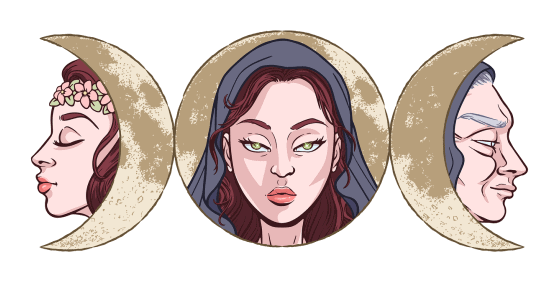
- The mother (full moon): The mother denotes responsibility, love, fertility, nourishment, patience, and gratitude. Some cultures argue that she also represents self-care and control.
- The maiden (crescent moon): She embodies new beginnings, purity, pleasure, creation, and naivety. If you focus on the maiden, you enhance your spiritual, creative, and sensual vigor.
- The crone (fading moon): Just like the fading moon, the crone stands for endings, death, acceptance, and wisdom. With every beginning, there has to be an end. The crone implores you to accept that there can be no births and fresh beginnings where there are no death and endings.
The triple goddess sign also stands for the life cycles namely life, birth, and death. It also focuses on rebirth. In addition to this, the triple goddess symbol connects with females, womanhood, and the divine feminine.
15. Triple Spiral
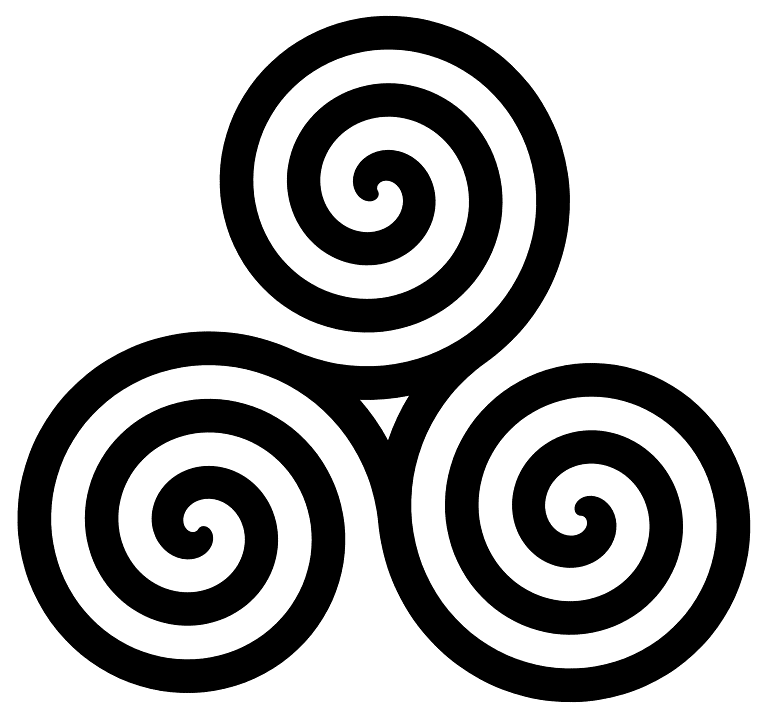
This is an old Celtic symbol whose other names are the Triskelion or Triskele. This symbol’s name is coined from the Greek word triskeles, which means three legs. The symbol has three interlocking spirals, which appear to be coming from a shared center.
A fascinating point to note is that any figure composed of triple protrusions may represent something similar to what the triple spiral represents. Similar to the triple goddess symbol, the triple spiral symbol characterizes the three phases of womanhood which are maiden, mother, and crone.
The triple spiral represents many of life’s trios. For instance, it can depict the three trimesters of human pregnancy: life, death, and rebirth; or father, mother, and child. In some communities, the Triskelion signifies the past, present, and future.
16. Celtic Motherhood Knot
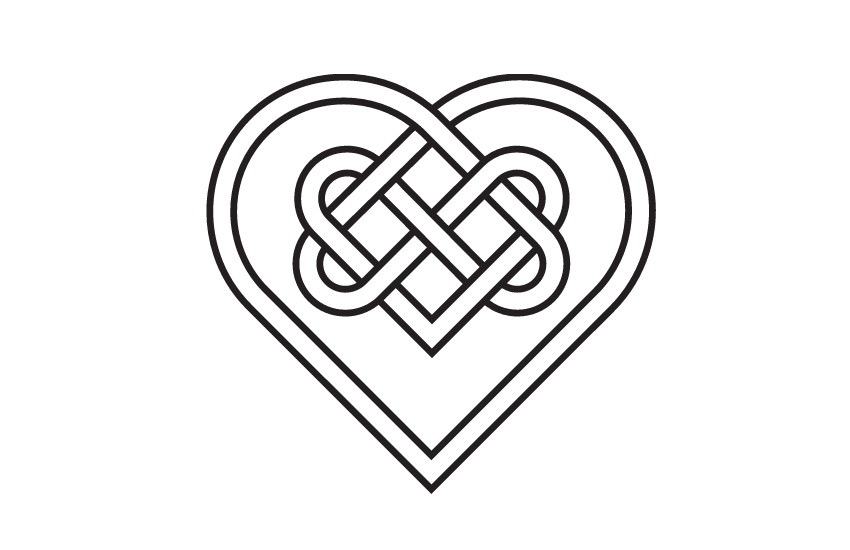
Also termed the Celtic’s mother’s knot, this figure consists of two hearts interwoven into a knot. The knot is bound in a way that there’s no start or finish. Clearly, this symbol shows the deep eternal love between a mother and her child.
If you look at the symbol closely, you will notice that one heart is lower than the other. The lower heart represents the child, while the upper one is the mother’s. To make the symbol more illustrative, a dot is often added inside the hearts. One dot represents one child, whereas more dots stand for more children.
17. The Circle
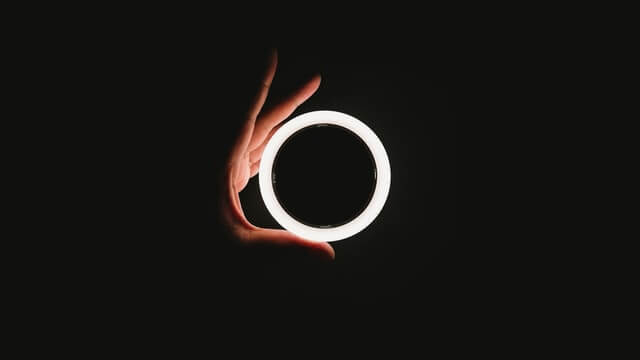
As simple as the circle looks, it is an important symbol with deep implications. To motherhood, it symbolizes fertility. This meaning arises from the perception of a rounded belly during pregnancy, the female chest, and navels. All these have circular shapes and play an important role in bringing about life and nurturing it.
The circle shape has no beginning and end, which perfectly depicts the infinite life cycle of birth, death, and rebirth. It also represents family ties and closeness. All this wrapped up in the warm and caring embrace of a mother.
18. Turtle

The turtle symbol, common to North American culture, is the oldest symbol depicting motherhood. You must have heard of the ancient folklore of how the turtle saved humanity from a great flood. It might be true since the turtle is the symbol of Mother Earth.
Just like how the turtle carries its house on the back, so does Mother Earth carry humanity’s weight. The turtle also produces many hatchlings at a go. For this reason, it rightly symbolizes fertility and the continuity of life.
Turtles have thirteen segments on their underbellies. Although these sections are simply parts of a turtle’s body, they hold meaning. They represent the thirteen lunar cycles of the moon, and as we know, the moon is often associated with feminine energy and vibrancy.
What’s more, if you look closely at a turtle’s shell, you will find that it has twenty-eight marks on it. These marks represent the twenty-eight days of a woman’s cycle.
19. Crow Mother Kachina
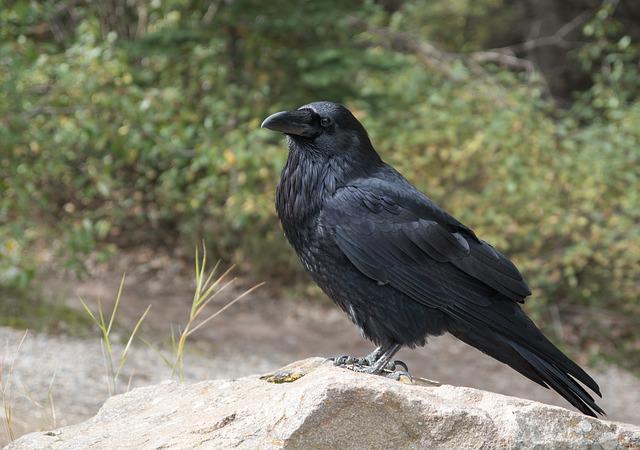
Crows are associated with magic and lots of life’s secrets. In Hopi culture, they carry the power for growth and transformation. The crow mother kachina is seen as the guardian of all children. During winter, a crow mother kachina is said to appear carrying a basket of sprouts.
This is symbolic as it stands for seed germination, even in winter. To add to that, the crow mother is a loving and gentle mother who carries abundance within her. She stands for warmth and flourishing crops.
Conclusion
Signs and symbols are a part of humanity with different cultures having different emblems. And regardless of where you’re from, one thing we can all agree on is that mothers are wonderful! We wouldn’t be here without them. Yes, there’s always an exception to the rule and it’s not always rosy, even with mothers, but in general, it’s true when they say, God created mothers because he couldn’t be everywhere.
If you are a mother, you may find it easy to relate to some of the above-mentioned symbols. These are perfect for jewelry, tattoos, and art.
Similar Articles:
Top 15 Symbols of Caring and What They Mean
22 Powerful Symbols of Kindness – List





